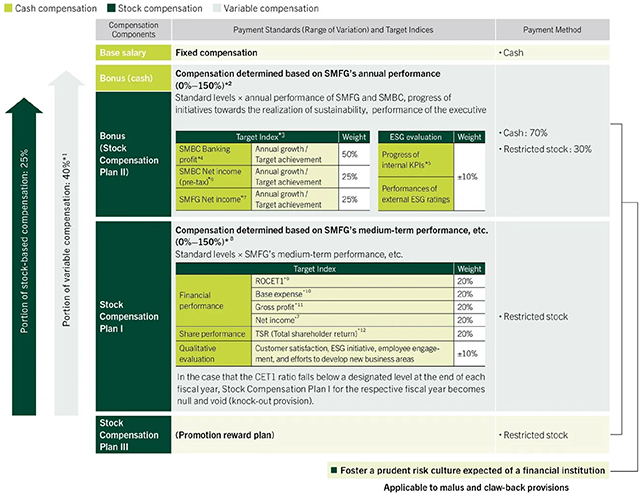(Documents Attached to the Notice of Convocation of the Ordinary General Meeting of Shareholders)
Business Report for the 20th Fiscal Year
(April 1, 2021 to March 31, 2022)
1. Matters Regarding the Current Condition of the Company
| (1) | Business Progress and Results of the Group |
Economic and Financial Environment
During fiscal 2021 (fiscal year ended March 31, 2022), the global economy was generally on a recovery track as the impact of the 2019 novel coronavirus disease (COVID-19) gradually eased. However, the pace of recovery was moderate due to the restraint of economic activities caused by the successive re-spread of infection, supply side restraints such as labor shortages and supply chain disruption, and high inflation due to factors including rising resource prices. In particular, from February 2022, Russia’s aggression against Ukraine and the resulting sanctions against Russia by various countries have intensified downward pressure on the global economy. As for the Japanese economy, although COVID-19 continued to be a drag on growth, the economy as a whole showed a sign of recovery. Exports and industrial production increased moderately, despite the lingering effects of supply side restraints on automobile components and other products, and capital investment continued to recover, particularly in the manufacturing sector, as corporate earnings and business sentiment continued to improve overall. On the other hand, due to repeated activity restrictions taken as a countermeasure against the spread of COVID-19, personal consumption, especially service consumption, continued to remain stagnant.
In the Japanese financial and capital markets, short-term interest rates hovered around minus 0.03%, led by the Bank of Japan (BOJ)’s Quantitative and Qualitative Monetary Easing with Yield Curve Control. Long-term interest rates, after remaining low in the first half of the fiscal year, temporarily rose to the 0.25% level in March 2022 with the expectation that the normalization of monetary policy in the U.S. would be accelerated, but fell to 0.21% at the end of the fiscal year due to the BOJ’s measures to prevent interest rate hikes. In the areas of foreign exchange, since last fall, the yen has been depreciating against the U.S. dollar, reflecting the difference in monetary policy between Japan and the U.S. and other factors, and temporarily weakened to the level of 125 yen per dollar in March of this year. The Nikkei Stock Average rose to the level of 30,000 yen until last fall due to expectations of a decrease in numbers of new infections, easing of activity restrictions, and additional economic stimulus. However, due to the uncertainty surrounding the situation in Russia and Ukraine, it temporarily fell below 25,000 yen in March 2022. The price then returned to the upper 27,000 yen level toward the end of the fiscal year.
Regarding financial-related laws and regulations, in June last year, the Cabinet Office Ordinance Partially Amending the Cabinet Office Ordinance on Financial Instruments Business and the Cabinet Office Ordinance on Financial Service Intermediaries, which revises the regulations on information transfer concerning non-disclosure information of foreign corporate clients (the so-called “firewall regulations for banks and securities companies”), came into effect. In November last year, the Act Partially Amending the Banking Act, etc. for the Purpose of Strengthening and Securing the Stability of Financial Services in Response to Changes in Socioeconomic Conditions Caused by COVID-19, etc. was enacted with the aim of easing regulations, etc., to boost the financial sector’s initiatives for digitalization.
Business Progress and Results
Under these economic and financial circumstances, Sumitomo Mitsui Financial Group, Inc. (hereinafter, “the Company”) and its subsidiaries (hereinafter, collectively with the Company, “the Group”), conducting mainly commercial banking and other financial services, including leasing, securities, and consumer finance, have been working hard to provide financial services smoothly and promote further digitalization and cashless operations to fulfill its social mission as a financial infrastructure which are needed for maintaining social functions, despite the enormous impact on customers and society caused by the spread of COVID-19.
1


